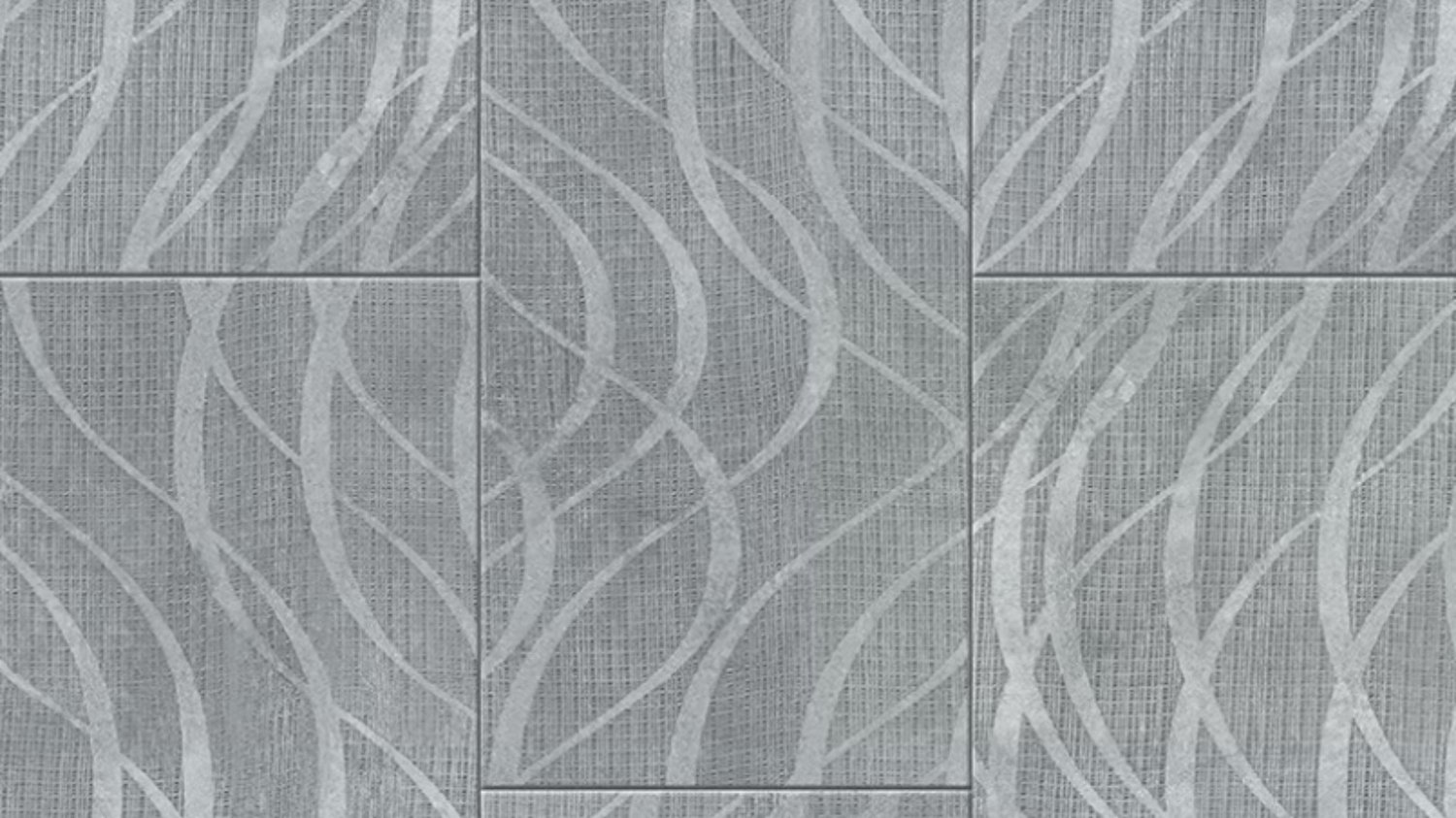Enhanced Vinyl flooring: An Informative Guide
If you’re in the market for new flooring, you might want to consider enhanced vinyl flooring. It has become a popular choice among homeowners and interior designers in recent years due to its durability, affordability, and style. In this article, we’ll explore what enhanced vinyl flooring is, its advantages and disadvantages, how to install it, and much more.
What is Enhanced Vinyl Flooring?
Enhanced vinyl flooring, also known as luxury vinyl flooring or LVT, is a type of vinyl flooring that mimics the look and feel of natural materials like hardwood, stone, or tile. It is made from multiple layers of PVC vinyl and a clear top layer that protects against wear and tear. Enhanced vinyl flooring can come in planks, tiles, or sheets, which can be installed in a variety of patterns and designs.
Advantages of Enhanced Vinyl Flooring
Durability: Enhanced vinyl flooring is resistant to scratches, dents, and stains, making it an ideal choice for high-traffic areas like kitchens, hallways, and living rooms. Plus, it can last up to 20 years with proper maintenance.
Affordability: Compared to other flooring options like hardwood or stone, enhanced vinyl flooring is much more affordable. You can get the look and feel of natural materials at a fraction of the cost.
Waterproof: Enhanced vinyl flooring is waterproof, which makes it ideal for bathrooms, laundry rooms, and kitchens. You won’t have to worry about moisture damaging your floor.
Easy to Clean: Enhanced vinyl flooring is easy to clean and maintain. You can sweep, vacuum, or mop it regularly, and it will still look new for years.
Disadvantages of Enhanced Vinyl Flooring
Not Eco-Friendly: Enhanced vinyl flooring is made from PVC vinyl, which is not biodegradable and can release harmful chemicals into the environment. If you’re looking for an eco-friendly option, enhanced vinyl flooring may not be the best choice.
Can Look Artificial: While enhanced vinyl flooring can mimic the look and feel of natural materials, it may not be as authentic as the real thing. Some people may prefer the texture and warmth of hardwood or stone.
How to Install Enhanced Vinyl Flooring
Before you begin installing enhanced vinyl flooring, you need to prepare the subfloor by cleaning it thoroughly and repairing any damages. Then, measure the room and order enough flooring based on the square footage plus 10% for waste. Once you have the flooring, you can follow these steps:
- Lay out the flooring on the subfloor and let it acclimate for at least 48 hours.
- Start by laying the first plank or tile along the longest wall in the room, leaving a 1/4” gap between the edge of the plank and the wall for expansion.
- Continue laying the planks or tiles, making sure to stagger the seams by at least 6”.
- Once you have covered the entire floor, use a utility knife to trim the edges to fit the room.
- Install shoe molding or quarter round around the perimeter of the room to cover the gap between the flooring and the wall.
Caring for Enhanced Vinyl Flooring
To keep your enhanced vinyl flooring looking like new, you should follow these care and maintenance tips:
- Sweep or vacuum the floor regularly to remove dirt and debris.
- Mop the floor with a damp mop and mild cleaner, avoiding abrasive cleaners that can damage the surface.
- Place furniture pads under the legs of your furniture to prevent scratches and dents.
- Wipe up spills and stains immediately with a damp cloth.
- Use doormats at entryways to prevent dirt and moisture from being tracked onto the flooring.
Enhanced Vinyl Flooring vs. Other Flooring Options
Enhanced vinyl flooring has several advantages over other flooring options, including:
- Lower cost than hardwood or stone
- Resistant to moisture and stains compared to carpet
- Durable and long-lasting compared to laminate
- Easy to install compared to tile or hardwood
However, no flooring option is perfect, and each has its own pros and cons. Consider your budget, lifestyle, and design preferences when choosing the right flooring for your home.
The Bottom Line
Enhanced vinyl flooring is a great option for those who want the look and feel of natural materials at an affordable price. It’s durable, waterproof, and easy to clean, making it ideal for high-traffic areas like kitchens and living rooms. However, it may not be the best choice for those who prioritize sustainability or authenticity. Whatever flooring option you choose, make sure to weigh the pros and cons and consider your unique needs and preferences.

